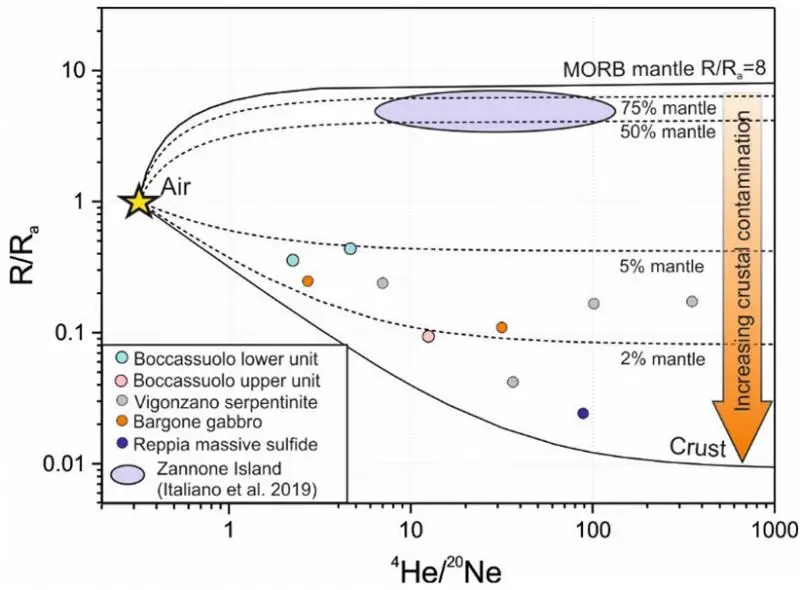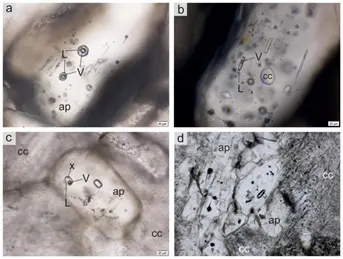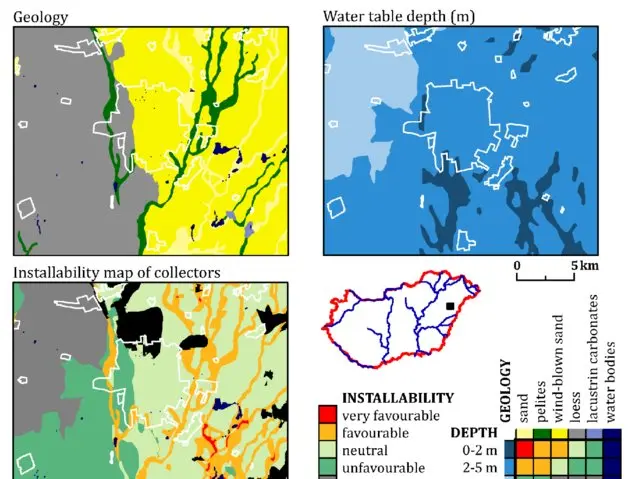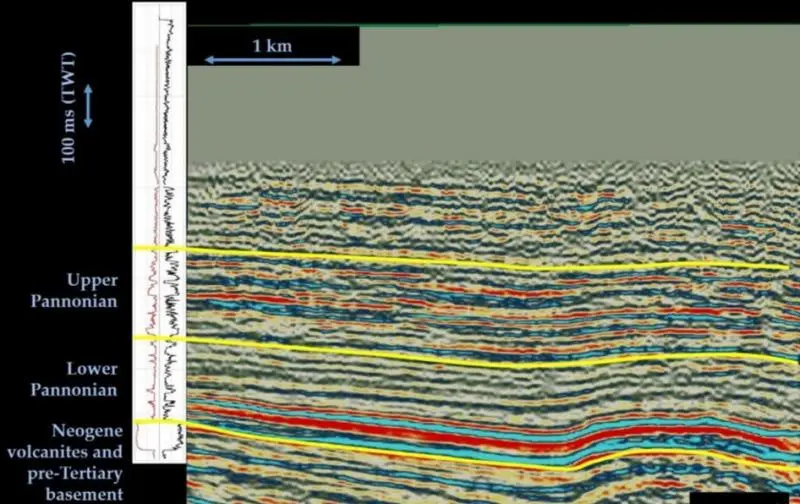|
Noble gas analytical studies Geochronology Cosmochemistry and Cosmic Methods Research Group Petrology, tectonics and engineering geology |
Examination of the geological conditions of shallow geothermal energy utilization Hydrogeological and geothermal researches in East Hungary Investigation of community-distorting effects of accumulation by predatory activity in case of small vertebrates |
|
Noble gas analytical studies Investigation of VMS-type copper deposits in the Italian Appenines and Albania Publications: Genetics of carbonatites Publications: |
 |
|
Geochronology Geochronology of magmatic rock suits Publications: Dating of low-grade metamorphism of slates by K/Ar radiometric age dating Publications: |
|
|
Investigation of community-distorting effects of accumulation by predatory activity in case of small vertebrates The examination of small vertebrates remains found in Quaternary terrestrial sediments highly facilitates the paleoecological research, thereby understanding the climate changes that took place during the last 2.6 million years. We can deduce the composition of the environment in those times by statistical analysis of the found fossil fauna. However, the assemblage recovered from the site does not necessarily represent the former small mammal community, as the accumulation of the found bones could derived from different processes. Predators have different ecological needs and, in consequence, have different preferences. The aim of the project is to determine the level of distortion caused by owls, that are highly responsible for the accumulation of small mammal remains by their nutrition. This is studied by taphonomic analysis of recent biological samples and fossil material. |
Small vertebrates from the Upper Pleistocene sediments of the Vaskapu Cave (Bükk Mts., Hungary) |
|
Examination of the geological conditions of shallow geothermal energy utilization Geothermal heat pump systems can be widely installed, the sizing, economical and environmentally friendly utilization can be optimized based on the geological and environmental conditions. In the course of our research, we examine the spatial and temporal variability of the characteristics affecting installiability and production, including changes in the thermal characteristics of the heat storage medium, soil temperature analysis, and the effect of construction and operation of primary loop of heat pump system on the temperature of the geological medium. The obtained results are suitable to specify the economic potential of heat pump energy utilization in a given area accurately, and renewable energies can support each other as a local energy supply alternative. Related publications: Buday, T., Lázár, I., Bódi, E., Kovács, T., Novák, T. (2019): Klímaváltozás várható hatása a talajklímára Magyarországon. In: Tájak működése és arculata. Szerk.: Fazekas I., Lázár I., MTA DTB Földtudományi Szakbizottság, Debrecen, 27-33, 2019. ISBN: 9789637064395 |
Installability map of soil collectors around Debrecen |
|
Hydrogeological and geothermal researches in East Hungary The role of groundwater is significant in terms of underground transport processes, as well as natural and artificial water and heat utilization. With the increase in geological knowledge, the process and effect of natural and artificial phenomena can be specified more and more precisely. In our research we build geological and hydrogeological models of local and subregional sample areas based on hydrogeological logs, seismic measurements, and groundwater level data sets; and also investigate the possibility of a sequence stratigraphic approach besides lithological division. Related publications: Buday, T., Szűcs, P., Kozák, M., Püspöki, Z., McIntosh, R.W., Bódi, E., Bulátkó, K. (2015): Sustainability aspects of thermal water production in the region of Hajdúszoboszló-Debrecen, Hungary. Environ Earth Sci 74, 7511–7521. https://doi.org/10.1007/s12665-014-3983-1 |
Joint interpretation of well-logs and seismic data |
|
Cosmochemistry and Cosmic Methods Research Group In addition to meteoritic and impact geological research, we process and evaluate the measurement results of space exploration instruments (e.g., remote sensing of terrestrial or solar system formations based on satellite data). |





